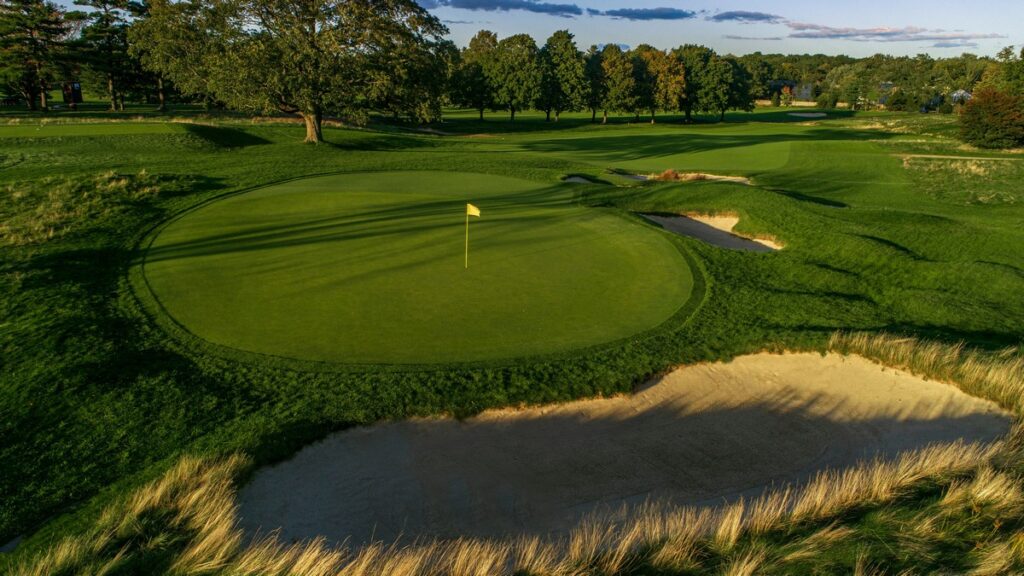The Country Club
Brookline, Massachusetts
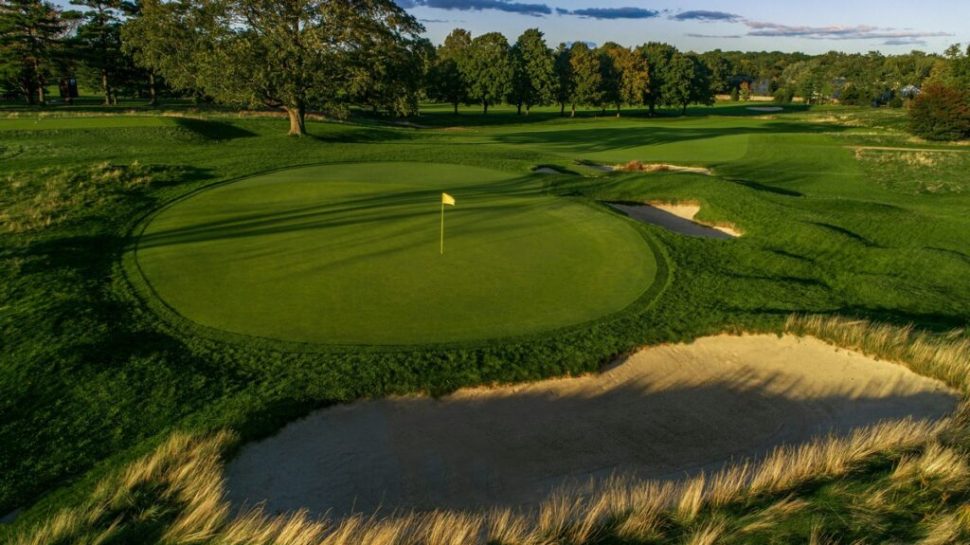
Estimated reading time: 16 minutes
BROOKLINE, MA. This week marks the return of the United States Open to the immediate Boston area and greater New England region for the first time since 1988 when Curtis Strange won the first of two consecutive championships defeating Nick Faldo in an 18-hole playoff.
The Country Club is one of five founding members of the United States Golf Association (USGA) and this year’s Open marks the 17th USGA event played on the grounds — tied for second with Oakmont and trailing only Merion Golf Club with 19.
What makes this year’s event unique is that holes from each of the club’s 27-holes will be included into the final routing. A composite course is not new to the championship — past Opens at The Country Club have done so and so has Congressional just outside of Washington, D.C.
Recently, the club went through a major updating by architect Gil Hanse. The 58-year-old Malvern, PA-based architect was involved in updating The Country Club for the 2013 U.S. Amateur. Hanse has now assumed the tagline “Open Doctor” previously the domain of fellow architect Rees Jones who worked on eleven various U.S. Opens, 11 PGA Championships and 4 Ryder Cup Matches. The Jones connection as “Open Doctor” originally began with Robert Trent Jones, Sr. who updated various sites for the major championships held in the USA throughout the 1950s and 1960s — most notably Oakland Hills in 1951 which was dubbed “the monster” by winner Ben Hogan.
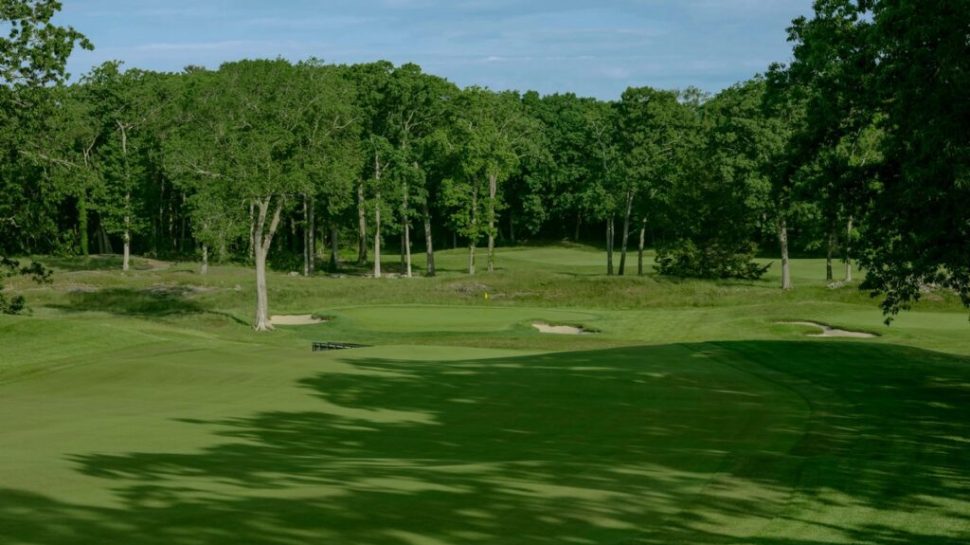
Hanse’s involvement could be seen this past May when the PGA Championship was played at Southern Hills in Tulsa. The original Perry Maxwell design was smartly updated and provided a quality test for the world’s best players.
In the years to come, Hanse and his partner Jim Wagner will play a leading role with the ’23 U.S. Open slated for The Los Angeles CC (North) and in 2031 at Oakland Hills (South) just outside of Detroit. Other involvements include Aronimink and Baltusrol which will each host the PGA Championship in ’26 and ’29 respectively.
Hanse will also play a major role in creating the yet-to-open West Course at the new PGA Frisco Resort planned to stage the ’27 and ’34 PGA Championships. The Texas facility will be adjacent to the new home offices for the PGA of America.
The latest installment of ‘Behind the Architectural Curtain,” features five architects each with a keen understanding of golf design and how architecture has impacted the broader New England region. Each delves into the key dimensions that will play a central role in how The Country Club will test those competing this week.
The 18-hole layout at The Country Club will play at 7,264 yards — roughly 250 additional yards from the 1988 event. While putting surfaces have been expanded in capturing lost locations — the total square footage remains on the smallish size — 4,388. Par for the event will also be reduced from 71 to 70.
One of the most fascinating inclusions will be the short par-3 11th which will play from an elevated tee for a total distance of 131 yards.
***
When you hear the words “The Country Club” in Massachusetts — what comes to mind immediately?
Ron Forse: The Country Club brings to mind deep history and the rise of American Golf. It gave the U.S. an international identity in the game. I next think of the superb character of the land on which the club sits.
James Cervone: It’s hard not to immediately think of Francis Ouimet winning the U.S. Open as an amateur in 1913 or Justin Leonard’s putt for the comeback win in the 1999 Ryder Cup. What a history this club enjoys.
Joel Weiman: During a Cornell University landscape architecture field trip to Boston our class visited the Frederick Law Olmstead museum located just a half mile from The Country Club in Brookline. As soon as our professor turned away, David Zinkand — a fellow golf course designer — and I took off in a full sprint down the road to catch our first glimpse of TCC. I smile whenever I think of that adventure, young aspiring designers need to have priorities.
Mark Mungeam: Historic course. Francis Ouimet. 1913 U.S. Open host. Founding member of the USGA. 1999 Ryder Cup site.
Robert McNeil: Francis Ouimet in 1913 defeating Harry Vardon and Ted Ray, the birthplace of the competitive golf interest in the U.S., 1999 Ryder Cup — unforgettable.
Tom Marzolf: Francis Ouimet, Curtis Strange, Rees Jones. Francis Ouimet ignited USA interest in golf, defeating the world’s best in a playoff win in 1913. Curtis Strange’s U.S. Open playoff victory in 1988 — first golfer to win a million dollars in one season in 1988. Curtis followed up with back-to-back US Open wins in 1988 -89. Rees Jones led the renovation work for the 1988 U.S. Open at The Country Club. I will always remember the great job Rees did, and how he professionally carried himself thru this work. Rees sparked my interest to get involved in U.S. Open consulting work, which led to my four U.S. Open design opportunities.

The 2022 U.S. Open marks the first return to the New England area since the 1988 event was played at The Country Club. What makes the region such a golfing hot zone given the pedigree of Massachusetts in American golf?
Tom Marzolf: Boston — a great sports town, with dominant teams winning the national championship in hockey, basketball, baseball and football. USA golf history begins at The Country Club; one of the five founding member clubs of the USGA. The footprint on the ground for a U.S. Open has grown so large recently. It took a while, but it is nice to be back again at The Country Club.
Mark Mungeam: I think it’s the age of the courses, the varied landscape and the golf course architecture that contribute to the pedigree of golf in Massachusetts and all of New England. The area was fortunate to have Donald Ross immigrate here and begin design work at Oakley Country Club. I believe it’s the very natural designs at these early courses that most contribute to the high character of the layouts. It’s the way they are married with the terrain and landscape rather than being forced. The 3rd and 10th holes of The Country Club’s championship layout are great examples of this. Both holes are routed through severe land with ledge and woodlands. Both holes weave through these elements to create great visual character and strategy.
Robert McNeil There are so many wonderful layouts in New England and even more specifically in Massachusetts. Architects the likes of Ross, Tillinghast, Raynor and more. Of these Golden Age Architects Ross placed his stamp most prominently in Massachusetts.
With his first architectural commission at Oakley CC in Watertown, Ross would give us the wonderful layouts at Salem Country Club, Essex Country Club and right down the road from the Country Club, Charles River CC in Newton and the great Muni track George Wright in Hyde Park, not to mention Worcester CC, host of the 1925 U.S. Open.
James Cervone: With the formation of the USGA by a handful of facilities including The Country Club, this area has such a long and important influence on the history of golf in America. The natural features like undulating terrain, rock outcroppings, and native fescue grasses lend to the sheer uniqueness of the golf course and the area at large. It is a feast for the eyes and can offer some interesting situations for the players.
Joel Weiman: The region possesses a lot of classic tracts. As a designer, when I think of New England golf, I picture various charming, rugged, and quirky golf holes — ones with a lot of soul. As a golf course builder, I think — and shudder — of the expensive rock that often lays just under these playing surfaces. Ironically and luckily, this chronic New England bedrock has played a substantial role in preserving many of these rugged and quirky designs over the decades… clubs couldn’t afford to sterilize those cool landforms.
Ron Forse: The New England region is my favorite in the United States. We have worked on many and studied others there. The character and soils of the region stand out. Sandy loam and granite mark much of the landscape palette. The region also has a number of key USGA clubs that date back to the foundation of American golf. It’s always been a hotbed for golf. A benign neglect has existed there which translates into people not ruining great classic architecture by spending too much money.

The Country Club is known for having smaller putting surfaces and features terrain providing for plenty of internal movements. As an architect, how important a role do natural features play in a design and how much care has to be shown to environmental matters that the old-time architects didn’t need to worry about whatsoever?
Robert McNeil I believe it’s a misnomer that the “old-time” architects didn’t worry about environmental matters — quite the opposite in many cases. At a time when construction techniques were horse and scraper or hundreds of laborers, finding the best locations for greens and tees was critical. Moving rock was a challenging undertaking and embraced by many as part of the experience. Wayne Stiles was renowned for building over rock to ensure features were set on high sites.
Natural movement was embraced — Macdonald/Raynor at Yale — resulting in bold rolling holes of extreme interest. Though environmental regulations were certainly not in place, in many cases sensible efforts were made to avoid untillable areas integrating these areas as strategic features or drainage opportunities.
Mark Mungeam: Working with natural elements is one of the most important aspects of good design. Modern architects might complain that golden age designers didn’t have to worry about permitting and safety issues as we do today, but we don’t only have horses and mules to use for earthwork. Every generation has different issues, and those who handle them best are more successful.
Ron Forse: The best courses capitalized on every natural feature available to the architect. This results in more forced carries and less playability quite often nowadays. Large bogs would simply be filled in in the 1920s. But the classic courses found environmental problems as well such as at Salem, Massachusetts where the marbling wetlands and rock made construction cost double above the estimate.
Joel Weiman: The old-timers had a great advantage in this regard — could a modern-day designer permit and build the 18th hole at Pebble, or locate the 13th at Augusta hard against Rae’s Creek? Probably not. However, that shouldn’t be an excuse for our contemporary efforts. The old-timers were skilled at identifying and showcasing more subtle natural features as a frugal necessity as well as seen at TCC.
James Cervone: One of the most important aspects of golf course architecture is simply working with the features already provided by nature. The best architects are able to find golf holes that fit the land, and then further highlight the natural features to elevate the aesthetics and strategy. It can be challenging for modern day architects to adhere to many of the environmental constraints the old-timers didn’t need to worry about, but this is just another layer to the creativity and problem solving we learn to embrace in our efforts to create great golf courses.
Tom Marzolf: In most States today, permitting a new golf course has become complex, expensive and time consuming. Developers start the design process often times not knowing the true environmental costs. Protecting the environment is now a mandate, leading to more sustainable outcomes.
As a golf architect, you long for a great site with beautiful natural features. Today , we are often times handed a marginal site and asked to create a world’s best outcome. The Country Club design evolved over many years on a site with lots of character.
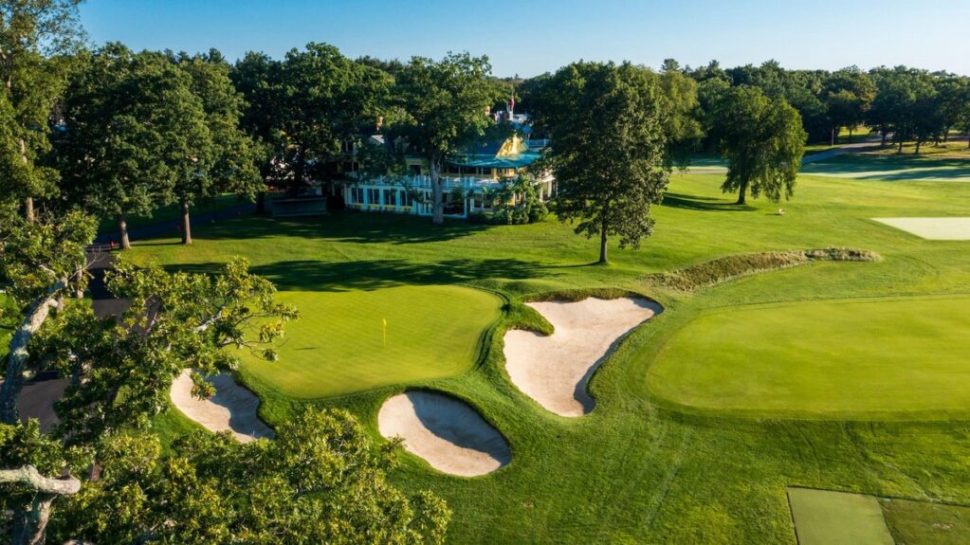
The 18-hole course for the ’22 event will feature a composite routing with different holes being included and others featuring different lengths for the contestants. What’s your take on composite courses — Royal Melbourne in Australia is also one of the most noted that features such a usage too?
James Cervone: I understand how some may be put off by altering the layout or changing precedence from past championships, but there are practical issues now such as the two-tee start and trying to balance out both sides of the golf course.
I cannot fault the USGA for their thoroughness and for taking advantage of all 27-holes to challenge the best players in the world.
Tom Marzolf: Combining the best holes into a composite course is a luxury. Not many have multiple courses to pick holes from. Nor would it often make logistical sense to weave two layouts together. It certainly works at Royal Melbourne, which allowed the composite layout to be one of the world’s best .
Ron Forse: We applaud the composite routing for the Country Club — bringing different holes into play than seen in 1988, as well as composites in general. Whatever produces the best test for this event.
Robert McNeil: If this approach provides a fair and diverse test for players with variety and strategic value and doesn’t result in bastardization of the original design thereby missing the opportunity to utilize exceptional holes, then no problem. It has worked in the past at TCC and with the layout for this year’s U.S. Open yet another derivation — we shall see.
Mark Mungeam: If the composite layout results in the best 18-holes on the site without bastardizing the circulation or lengthening the distance between holes, then I’m in favor of it. I love The Country Club’s composite course because it fits and plays so well. It’s pretty neat that one hole is shortened from a par-4 to a par-3, and another is a combination of two holes, with the green on one becoming part of the fairway of the composite hole. I think it’s interesting that they created a different composite layout for this year’s tournament. I really like that the 4th was replaced by the new short par-3 11th.
Joel Weiman: I’ve had the opportunity to develop a composite course layout for a PGA Tour FedEx Cup Event and I thoroughly enjoyed the opportunity of “harvesting” multiple members’ par five holes to utilize as more challenging two-shot holes for the professionals.
This flexibility allows an otherwise “short” golf facility adequate teeth to provide a true golfing test and allows more venues to be showcased which is a great for golf.
Images courtesy of the USGA
Continue to part 2
The Participants
Robert McNeil, ASGCA
Principal
The Northeast Golf Company/McNeil Design Collaborative
Saunderstown, Rhode Island
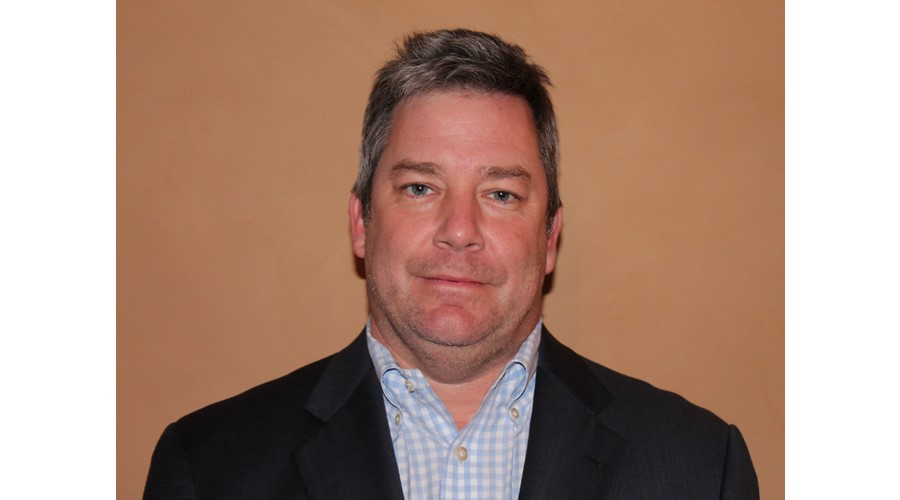
Holds a Bachelor’s Degree in Business Administration from Bryant University and a Master’s Degree in Landscape Architecture from Ohio State University. Since establishing The Northeast Golf Company in 1996, has provided more than 150 public, private, resort and municipal clients with a full scope of golf course design and development consultation services including award winning layouts at Mohegan Sun Golf Club (ASGCA Design Excellence Award/Top Resort Casino Courses in the Country), Club River Oaks in Sherman, CT (Best New Course, Northeast Golf Magazine), The Preserve at Boulder Hills (ASGCA Design Excellence Award) and Rockleigh Golf Course, Bergen County, NJ (Best Renovation in the Country by Golf Inc.) www.northeastgolfcompany.com
Ron Forse
Forse Design, Inc.
New Smyrna Beach, Florida
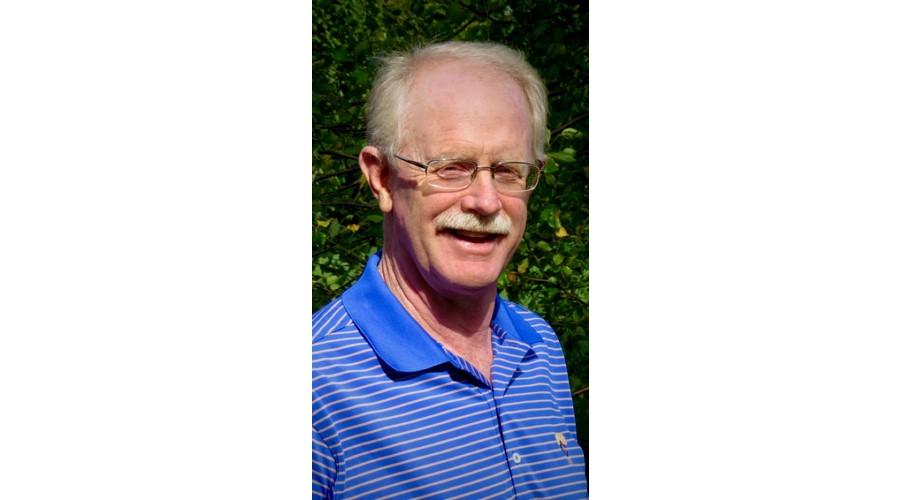
New and restoration work steeped in a knowledge of the Golden Age classics. Founded in 1989 working nationally and in Canada, with partner Jim Nagle most of those years. Recipients of two Golf Inc magazine “Renovation of the Year Awards.” Plans currently being developed at, among others, Vero Beach Country Club, Minnehaha in Sioux Falls South Dakota and Lehigh in eastern Pennsylvania. Current Construction happening at Pine Tree Golf Club, Florida. www.forsegolfdesign.com.
Thomas A. Marzolf, ASGCA
Senior Design Associate
Fazio Design
Hendersonville, North Carolina
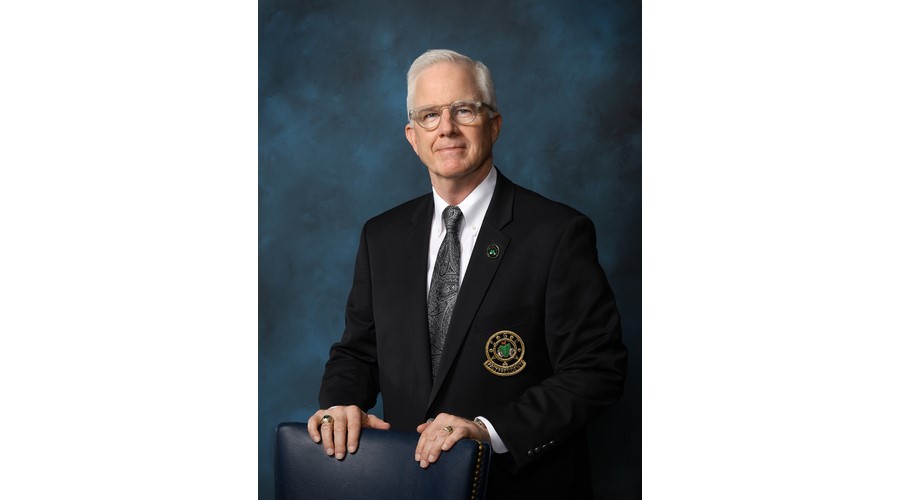
39-year ongoing career at Fazio Design. Past President of the ASGCA, 2005-2006. First golf architect to be a dual member of the EIGCA – member since 2017 – and ASGCA. Registered Landscape Architect( North Carolina ) and ASLA Member. Design Consultant for four US Opens ( 2006, 2007, 2013 and 2016); three U.S. Women’s Opens (2009, 2010, 2017); Two U.S. Senior Opens (2002 and 2022) and Ryder Cup 2027 at Adare Manor, Ireland. https://eigca.org. www.faziodesign.com.
Jim Cervone, Jr., ASGCA
Cervone Golf Design
Level Green, Pennsylvania
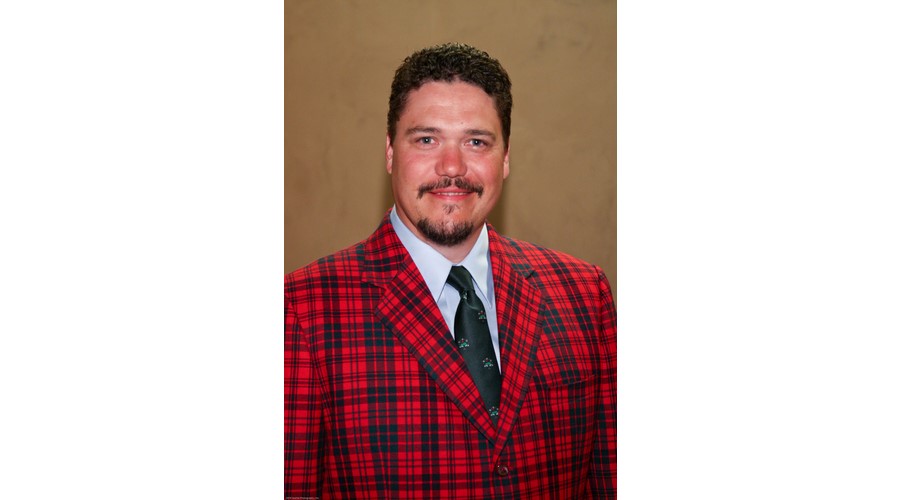
Began career in 1995, and based initially in the Washington, D.C. area. Fortunate to begin building his career during the golf boom of the late 1990’s. In 2003, he relocated back to his native Western Pennsylvania area to establish his own firm on the east side of Pittsburgh.
After several years of working abroad in the Caribbean and China, Jim has also served clients from Hamilton Golf and Country Club in Ontario, to the Crane Watch Club in Florida and many projects in between. Jim represented Ipswich CC in Massachusetts on rebuilding the greens, he recently completing the renovation of greens and bunkers at Sewickley Heights Golf Club near Pittsburgh, and is currently working on upcoming master plan improvements for Lake Shore CC in Erie. Jim has been fortunate to travel the world during his career, but really enjoys working in his beloved North Atlantic and Appalachian Region of the country. www.cervonegolfdesign.com.
Mark A. Mungeam, ASGCA
MUNGEAM GOLF DESIGN, Inc.
Douglas, Massachusetts
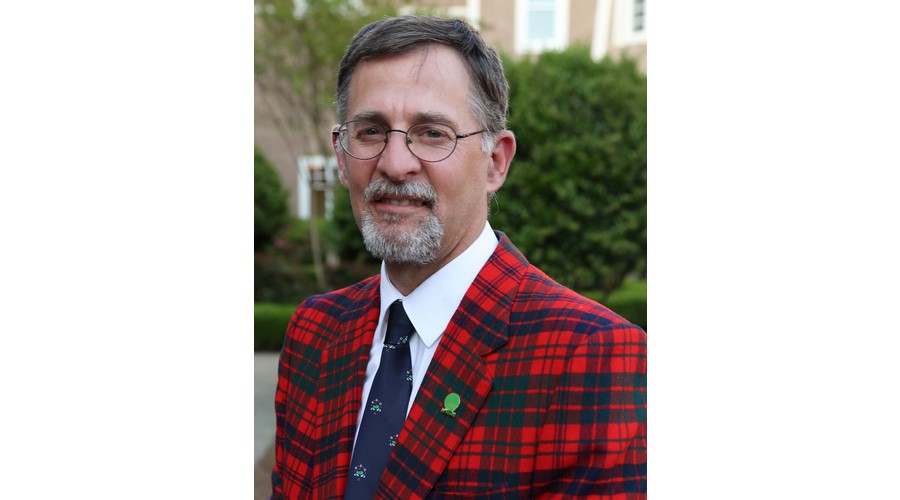
The owner of MUNGEAM GOLF DESIGN, Inc. Mungeam was the architect responsible for the renovation of Olympia Fields Country Club (North) in preparation for the 2003 U.S. Open and the 2015 U.S. Men’s Amateur Championships.
Current local projects include the restoration/renovation of both Donald Ross designed City of Boston courses (George Wright and Franklin Park); renovations Wellesley Country Club and development of a Master Plan for The Country Club’s neighbor, Brookline Golf Course. www.mcgolfdesign.com
Joel Weiman, ASGCA
Senior Designer
McDonald Design Group
Jessup, Maryland
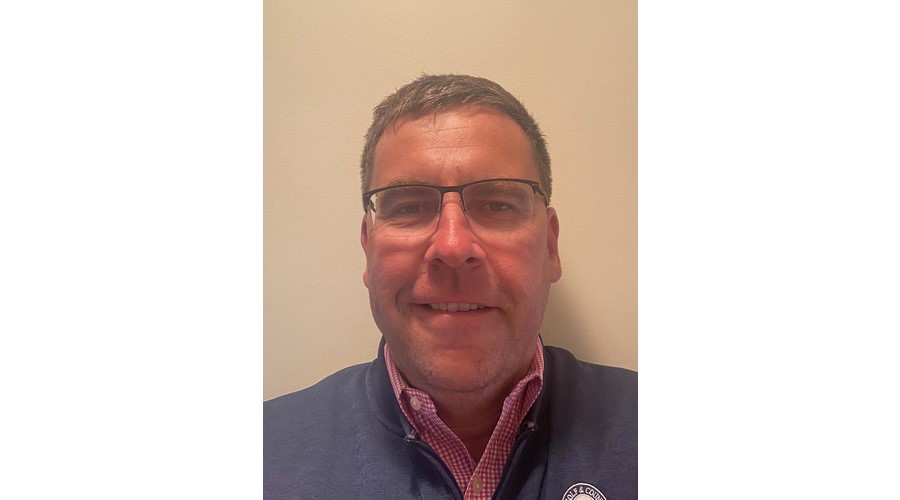
A member of the American Society of Golf Course Architects and he has led the McDonald Design Group team for the past 24 years. McDonald Design specializes in detailed golf course master planning services and the subsequent hands-on implementation of their design/build improvement programs. www.McDonaldGolfInc.com
